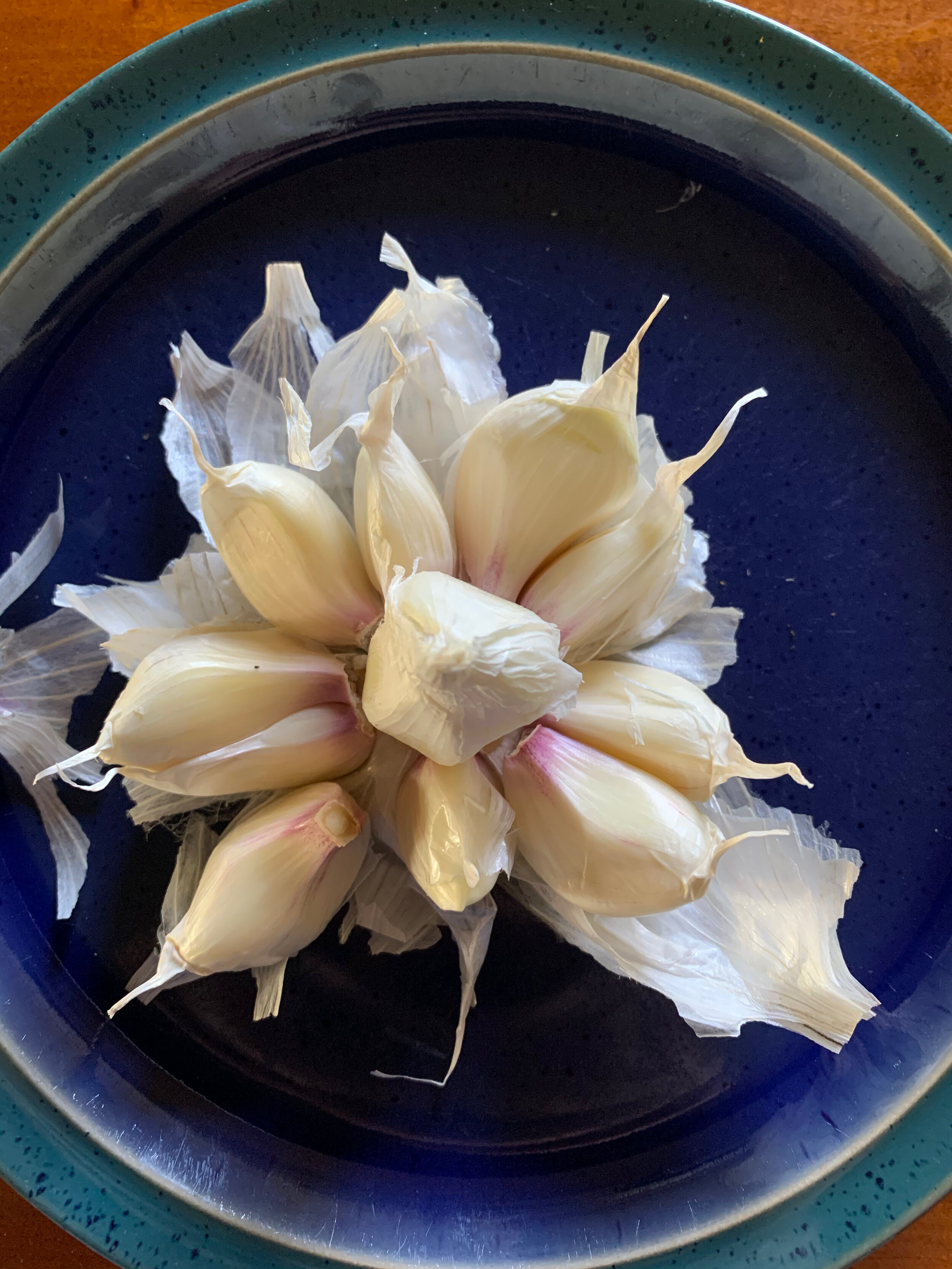July has to be sunflowers, right? They look at their absolute best during the early, very warm days of summer. I grow them in all sizes and colors, usually starting them from seed in the greenhouse, and planting them out in May.
Strawberry Blonde
But, cutting these incredibly large (7-8 foot, in some cases) plants and bringing them inside makes me sad, when the bees and birds like them so much. I really prefer to leave them in place to help the wildlife, plus their sheer size makes such a statement in the garden, that I enjoy them far more outside in the ‘wild.’
Music Box
And during this bouquet experiment, I am also realizing that huge, overblown bouquets don’t really work in our tiny, crowded cottage. The scale is off, somehow. And even one largish bouquet looks kind of like a polka-dot in the middle of our dining room table. I am much preferring small, untidy mixtures. For something like a dinner party, a lot of small mixtures looks nice together, and the scale is right for our home (not that we’re having any kind of party at the moment, so it’s a moot point). But for everyday, I am totally enjoying a little swing-cap bottle, maybe nine inches tall, on the kitchen counter by the sink, in the sun that comes in the window.
Sundancer
This little vase is completely unobtrusive, occupies a niche that nothing else does, stays nicely out of the way when counter space is needed, and cheers up the entire space. When the sun hits the flowers, they glow. I’ve had such a good time keeping this vase filled. Sometimes it holds some yarrow that accidentally broke off while deadheading. Sometimes it holds a small spray of salvia or penstemon. Right now it’s holding some small border sunflowers that started to sway dangerously sideways in a container.
Chocolate Cherry
I have realized that I honestly prefer to keep the flowers outside, where their enjoyment is a hundred-fold; not only do we appreciate their beauty, but so do the neighbors, and the insects, and the birds. Our house is made of windows, and we really get to look out onto a bouquet, of sorts, when we look out into the garden. This is something I planned for. Long ago, I read that a gardener should begin with the view from their windows. Why put a flower garden far away where you can’t see it? So I work hard to provide interesting views from every angle of our home. Adam has a view of a canna lily patch, bordered by rose of sharon and an oak leaf hydrangea, under the mock orange tree - a group of flowers given to him by a special friend. Rin has a garden cart outside her window (made by my dad) that is in the shade of our porch, and it houses several tuberous begonias and an Iresine brilliantissima, whose bright pink leaves light up the shade. Our bedroom window looks out over a Vitex agnus-castus, which I’m hoping will grow much larger and allow for some privacy, and into the herb bed. Our back screen door opens near our native huckleberry bush, which the house finches have found this year, and we enjoy watching them eating the berries. The kitchen window looks over our water feature, where birds and bees come to bathe and drink. I could go on forever about this, but you get the idea. It’s great to make your house, especially if it is small, feel like just a part of the larger landscape.
On the flip side, I’ve also heard that having flowers in the house makes folks feel good, too - sort of wealthy, in beauty if in nothing else. Where do you stand on this? Do you like making bouquets? Are you growing sunflowers, and if so, which kinds? I’d love to hear more about what you are growing and arranging.























